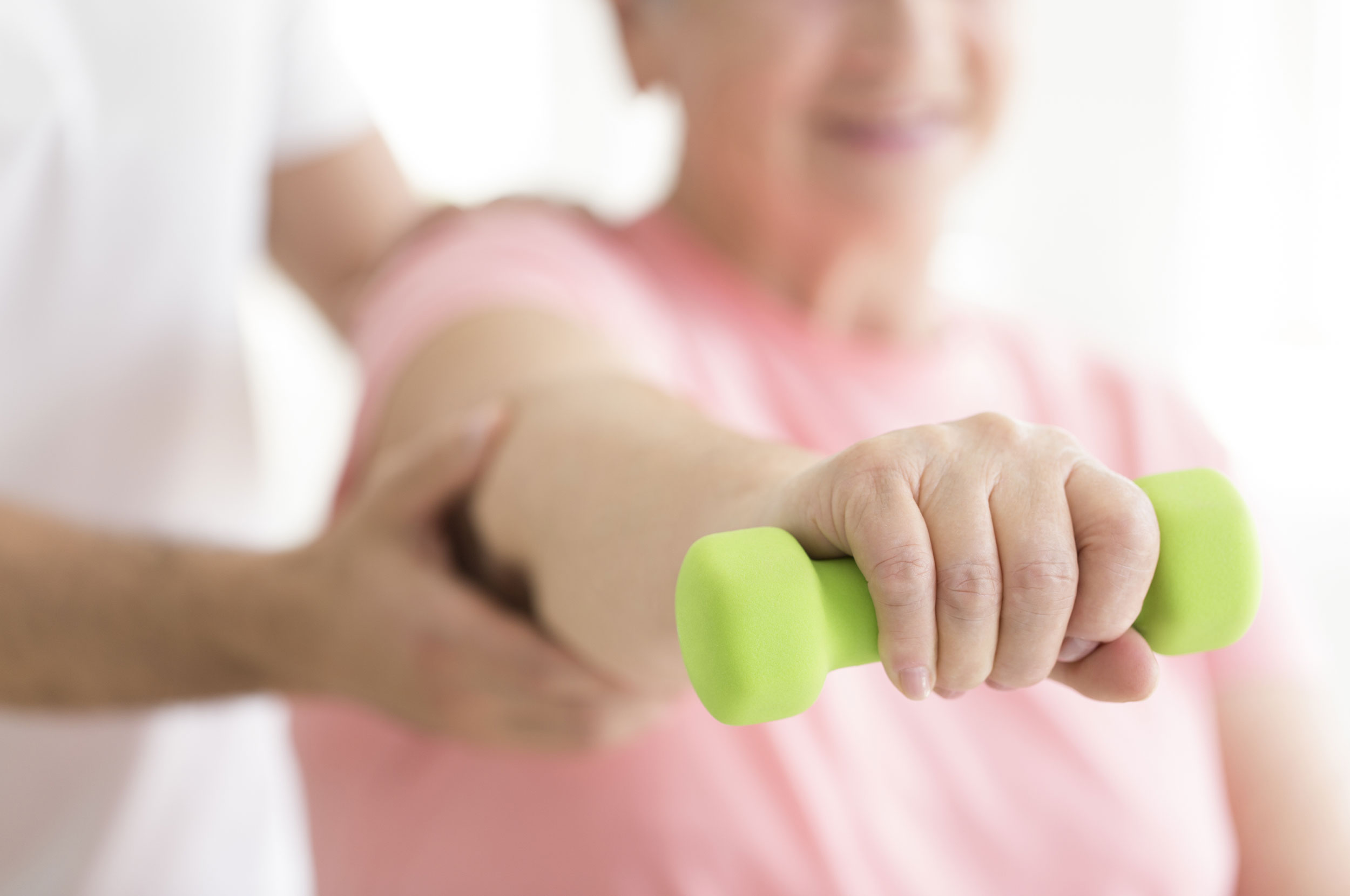What do you know about Parkinson’s disease? Perhaps you have already observed from an acquaintance or relative the trembling which occurs with their movement. But what causes this disease and how can physical activity help?
The source of Parkinson’s disease
Briefly, Parkinson’s disease is a neurodegenerative disease that arises following the death of cells that produce dopamine. You may already know dopamine as the “happiness hormone”. The amount of dopamine produced by your brain as well as its relative proportion to serotonin has a direct impact on your mood. For this reason, depression is one of the most common non-motor symptoms among people with Parkinson’s disease. Dopamine is also responsible for transmitting information between brain cells. The death of cells that generate dopamine therefore slows down the transmission of the information necessary to generate movement. This results in negative consequences on the fluidity or the ability to adequately control the movements of our body. This becomes very noticeable in people with the disease when symptoms such as slow movement or freezing are observed.
Other visible symptoms
The best-known symptom comes down to tremors. They may be present at rest or when movements are performed. The other most common symptoms are1:
- Rigidity or stiffness
- Difficulty initiating a movement
- Loss of dexterity
- Postural disorders
Why does moving around better manage Parkinson’s symptoms?
The relationship between the cells that create dopamine and movement goes both ways. In other words, the release of dopamine from these cells makes movement possible, and movement activates cells that create dopamine. Therefore, the more we move, the more dopamine we create which then allows us to continue to generate movement. The reverse is also true. Lack of movement or physical inactivity causes these cells to go unworked, eventually resulting in their death. Here, physical activity therefore becomes a prevention tool that slows down the progression of Parkinson’s disease since it keeps these cells active for longer.
Why choose a physiotherapy intervention?
For clients with Parkinson’s disease, the physiotherapy professional will opt for a so-called functional approach. Its goal will be to ensure that the affected person can continue to participate in tasks and activities of daily living for as long as possible. The professional will work in prevention by prioritizing the most common issues.
An example could be the freezing that we mentioned earlier. Parkinson Quebec defines this term as “a poorly understood and frustrating phenomenon in which people have trouble starting a movement or are suddenly, and for a short time, unable to continue walking”2. The professional would address this problem by working with the client to develop “anti-freezing” strategies.
This could include:
- The creation of automatisms by repeating certain activities or tasks. This makes it possible to maintain a procedural motor memory of the movement.
- The setting up of indices which solicits automatisms. For example, putting a ribbon on a walker and creating an automatism in which the knee must come to touch the ribbon, which will initiate a walking movement.
- Power training/exercises which, according to the most recent studies, are the most suitable for people with Parkinson’s and to maintain or even improve their capacities.
Another problem that will generally be addressed are dual tasks. As the disease progresses, it becomes more and more difficult for a client who has the condition to do 2 things at the same time. Take, for example, walking and talking at the same time. It is important to consider this problem, because it is possible that the client is no longer able to divide their attention between the two tasks and forgets the movement necessary for walking. The professional will therefore practice with the client various activities in which their attention will be divided in order to maintain this capacity as long as possible.
In addition to in-person follow-ups, the physiotherapy professional will give the client an individualized exercise plan to perform during their absence. The follow-ups will allow the client to follow the progression of the disease and adapt to the exercises while ensuring their safety and quality of life.
_________________________________________________________________________________________






